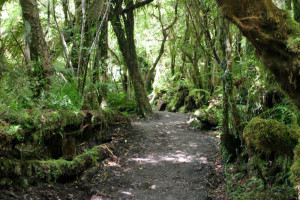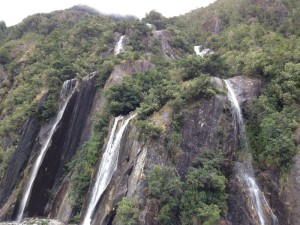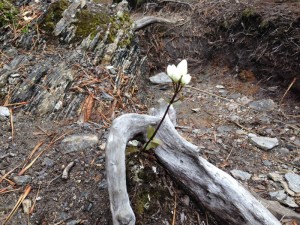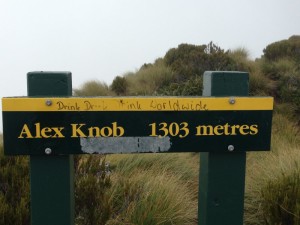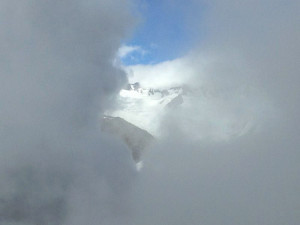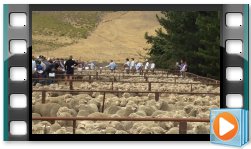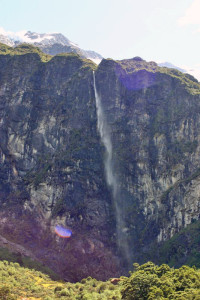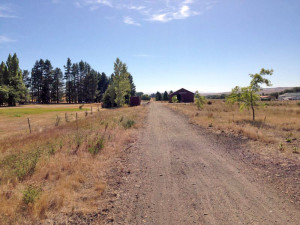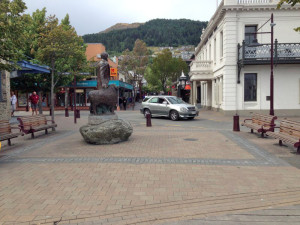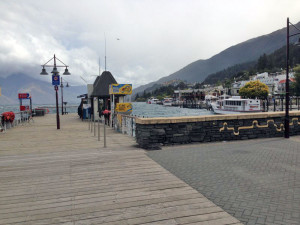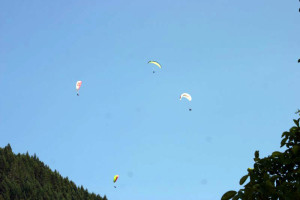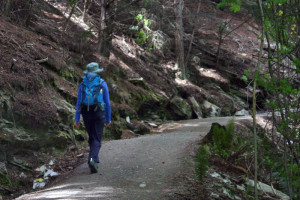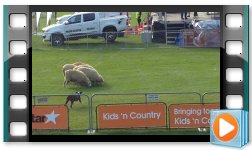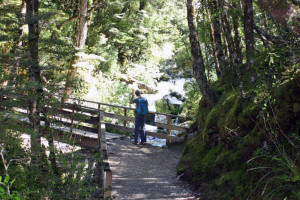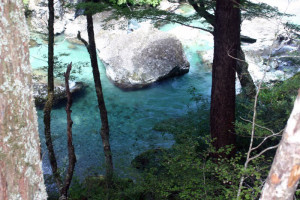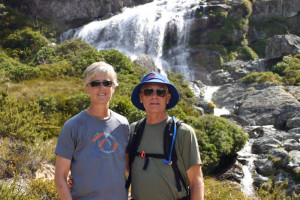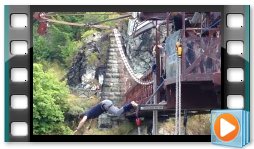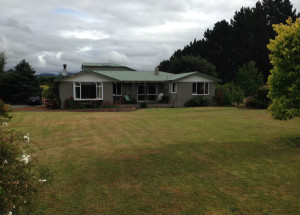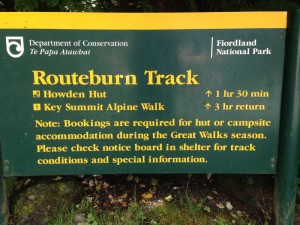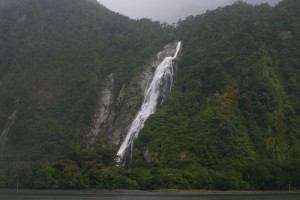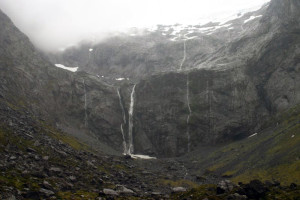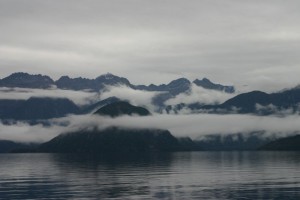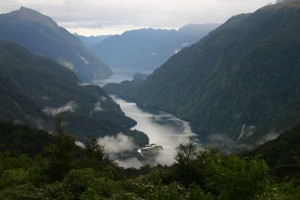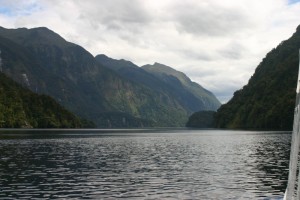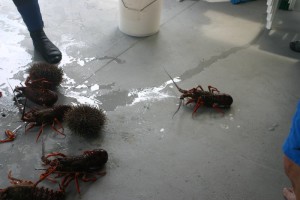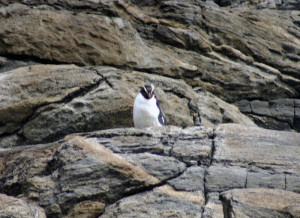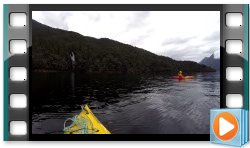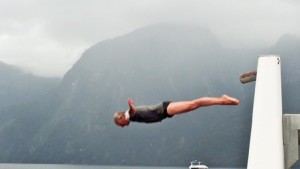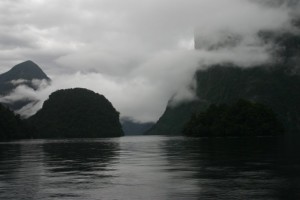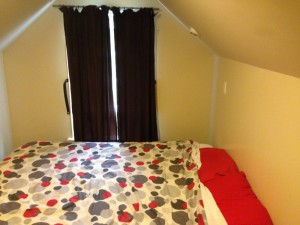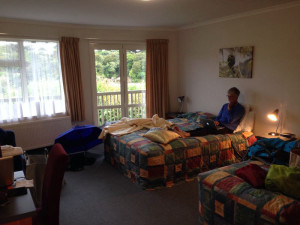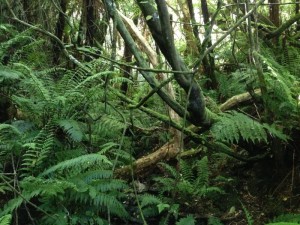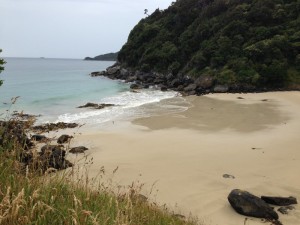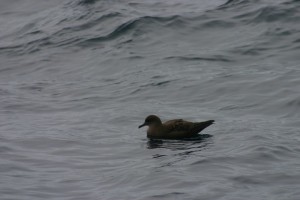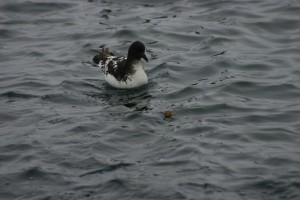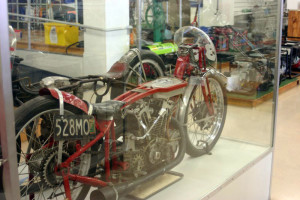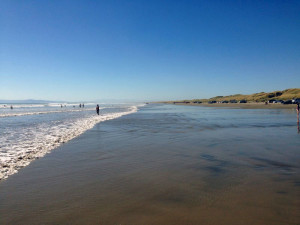We’ve been in New Zealand for almost 3 months now and I feel it’s time to post a few observations, random thoughts and comments about New Zealand and it’s people.
- There are a lot of sheep here.
- This is a beautiful country. It has some amazing landscapes, animal and floral life and all of it is packed onto a very small island. Radically different ecosystems are within just miles of each other. You can drive from an arid, dry landscape like Grand Junction that gets just a few inches of rain a year to a tropical environment that gets about 20 feet a year, within a couple of hours. It’s quite amazing.
- The people are very friendly. When they hear that we’re here for 6 months they get very excited and say “Good on ya, mate.” Which means “Well done. You’re doing it the right way.” They will then tell you what you MUST see in their particular region. “Don’t miss the dam down the road a piece. It’s the largest earthen dam on the south island and it’s where I’m from.” They’re very proud of their country and want to share it.
- They never discovered window screens. We’ve been here almost 3 months now and I’ve yet to see a screen on a window or door. So you’re watching the telly (TV) on a warm night and have a few windows open. There will be as many bugs inside the house as there are outside.
- Their light switches are backwards. We throw the switch up to turn on a light, they throw it down. The same is true of deadbolts lock and latches. They turn the wrong way.
- All of the electrical outlets have an associated switch right next to them. It’s backwards of course, and cuts the power to the outlet. So what’s with that?
- There are clean public toilets everywhere. Very nice.
- This is a country that’s been discovered. Admittedly we are currently in the height of the tourist season but there are tourists EVERYWHERE, which includes us, of course. There are tour buses, rental cars, and backpackers everywhere.
- Two thirds of the people in New Zealand are not true Kiwi’s. And yes, they do call themselves Kiwi’s. When you go to the grocery store, you will see faces and hear languages from all over the world. Very cool.
- They do not know how to spell “tire”, “color”, “harbor” or “center”. Come on people, it’s NOT “tyre”, “colour”, “harbour” and “centre”. Let’s get with it.
- When you check into a hotel, cottage or any rental unit you are given a small bottle of milk for your morning coffee or tea. Nice.
- The first letter “e” in a word is pronounced as if it were long, no matter what the English grammatical rule. For example your back “deck” is pronounces, “deeck” not “deck”.
- We bought a used Subaru for our travels here and discovered that it’s pronounced “Soo-bar-roo” with the emphasis on the middle (bar) syllable. Try it.
- There are NO public trash cans. Even gas stations don’t have them. What the hell am I to do with my trash?
- They don’t know about liability releases. We’ve rented bikes, taken surfing lessons, paddled kayaks around a fyord, I was even allowed to dive off of the 20 foot high helipad of our tour boat, all without ever signing anything. Now THAT is cool!!!
Driving needs its own section.
- First off, they drive on the wrong side of the road.
- There are rotaries or “round-abouts” as they call them, everywhere. The rule is that if you’re “in” the rotary you have the right of way and cars entering will yield and not enter. A bit scary at first but once you get used to it, they work quite well.
- I would say that 90% of all bridges are only one lane wide. As you approach one of these bridges you need to slow to see if anyone is coming across. If there is, you of course wait, then take your turn across. These work surprisingly well too. People are quite courteous. But what’s with the highway department. Not enough cement for two lanes?
- The roads here are very narrow and are all just two lanes wide, except for in the large cities. Clearly, some time back the highway department measured the width of a car, a small car, then added a couple feet, doubled it, for the two lanes and that became the width of their roads. As for a shoulder, forget it, the blacktop just ends. They do sometimes paint a white line along the edge, if you’re lucky but beyond that, it’s grass, gravel, rocks, trees, whatever. There is usually a white dotted line painted down the middle of the road which does help, but passing oncoming vehicles can be quite scary. You feel as if you’re going to lose your drivers side mirror. And hang onto your butt when you pass a semi truck or tour bus.
- In the mountains where the landscape sometimes prevents them from constructing their usual narrow road they simply make the road as wide as the landscape permits. Then remove the center white dotted line and post a sign which basically says “Narrow road. You’re on your own.” So you find yourself on a very narrow, curvy mountain road with a rock wall on one side, a cliff on the other, no white center line and you can’t see around the bend. Talk about soiling your trousers.
- Pedestrians are second class citizens. If you’re not in an official crosswalk, you’re fair game. Driver: “But officer that old lady was not in a crosswalk.” Police officer: “Okay then. Please be more careful next time.”
- Posted speed limits do not reflect the driving conditions. A twisty, turny mountain road may have a 100 kph posted speed limit but if you were to drive over 50 kph, you would die!
- If you ride a road bike here, you’re nuts. But people do. Barb and I wonder what the mortality rate is for these cyclists.


